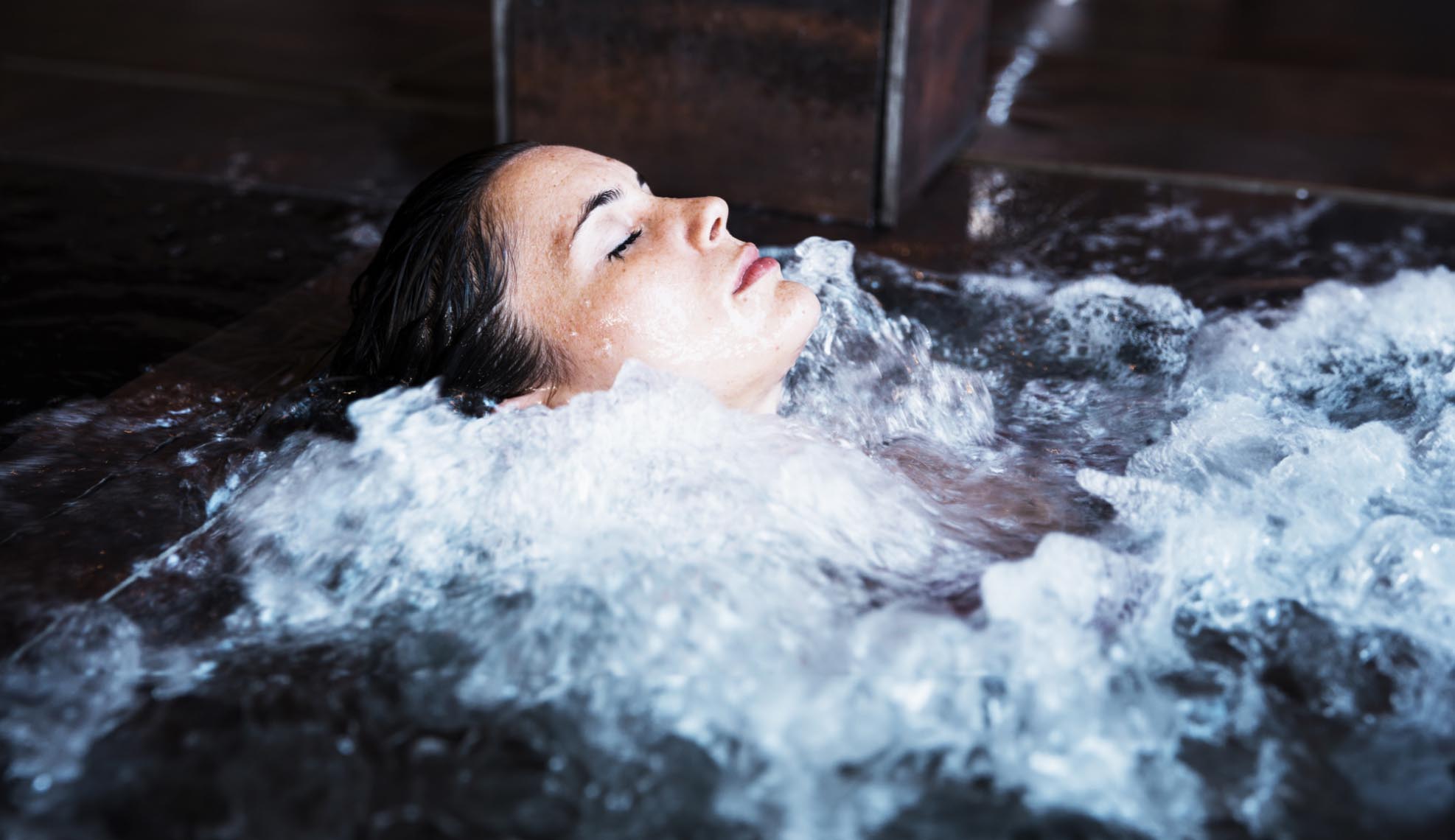The Risks and Benefits of Cold Plunges

Cold plunges, the practice of immersing oneself in cold water, have surged in popularity among wellness enthusiasts and athletes alike. While this method boasts numerous health benefits, it is not without its risks. Understanding both the advantages and potential dangers of cold plunges can help you make informed decisions about incorporating this practice into your wellness routine.
Benefits of Cold Plunges
2. Reduced Inflammation and Muscle Soreness: Athletes frequently use cold plunges to reduce inflammation and muscle soreness after intense workouts. The cold helps to decrease swelling and numbs pain receptors, leading to faster recovery times and less post-exercise discomfort.
3. Boosted Immune System: Regular cold plunges have been shown to enhance the immune system. Exposure to cold water can increase the production of white blood cells and boost the activity of other immune system components, helping the body to fend off illnesses more effectively.
5. Enhanced Metabolism: Cold exposure can stimulate the production of brown fat, a type of fat that burns calories to generate heat. This can lead to increased metabolism and potential weight loss benefits over time.

Risks of Cold Plunges
1. Hypothermia: One of the most significant risks associated with cold plunges is hypothermia, which occurs when the body loses heat faster than it can produce it. This can lead to dangerously low body temperatures and potentially life-threatening situations if not managed properly.
2. Cardiovascular Stress: Cold plunges can put considerable stress on the cardiovascular system. The sudden drop in temperature causes blood vessels to constrict, which can increase blood pressure and heart rate. For individuals with pre-existing heart conditions or high blood pressure, this can be particularly dangerous and should be approached with caution.
3. Shock Response: The body’s initial response to cold water immersion can be a shock, causing an involuntary gasp and rapid breathing. This can be dangerous, especially if the person is not prepared or if the plunge is taken in deep water, potentially leading to drowning.
4. Nerve Damage: Prolonged exposure to cold water can result in nerve damage, particularly in extremities like fingers and toes. This can cause numbness, tingling, and long-term sensitivity issues if not managed properly.
Tips for Safe Cold Plunging
1. Gradual Exposure: If you are new to cold plunges, start with shorter durations and gradually increase your exposure time. This allows your body to acclimate to the cold and reduces the risk of shock and hypothermia.
2. Monitor Temperature: Keep the water temperature between 10-15°C (50-59°F). This range is generally safe for most people and still provides the benefits of cold exposure without the extreme risks associated with lower temperatures.
3. Stay Within Your Limits: Listen to your body and avoid pushing yourself beyond your comfort level. If you feel excessively cold, dizzy, or experience any signs of hypothermia, exit the water immediately.
4. Consult a Professional: If you have underlying health conditions, particularly cardiovascular issues, consult with a healthcare professional before incorporating cold plunges into your routine.











